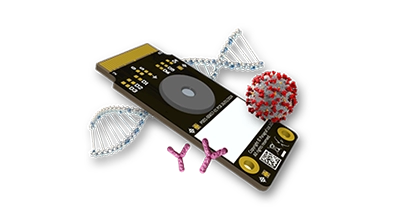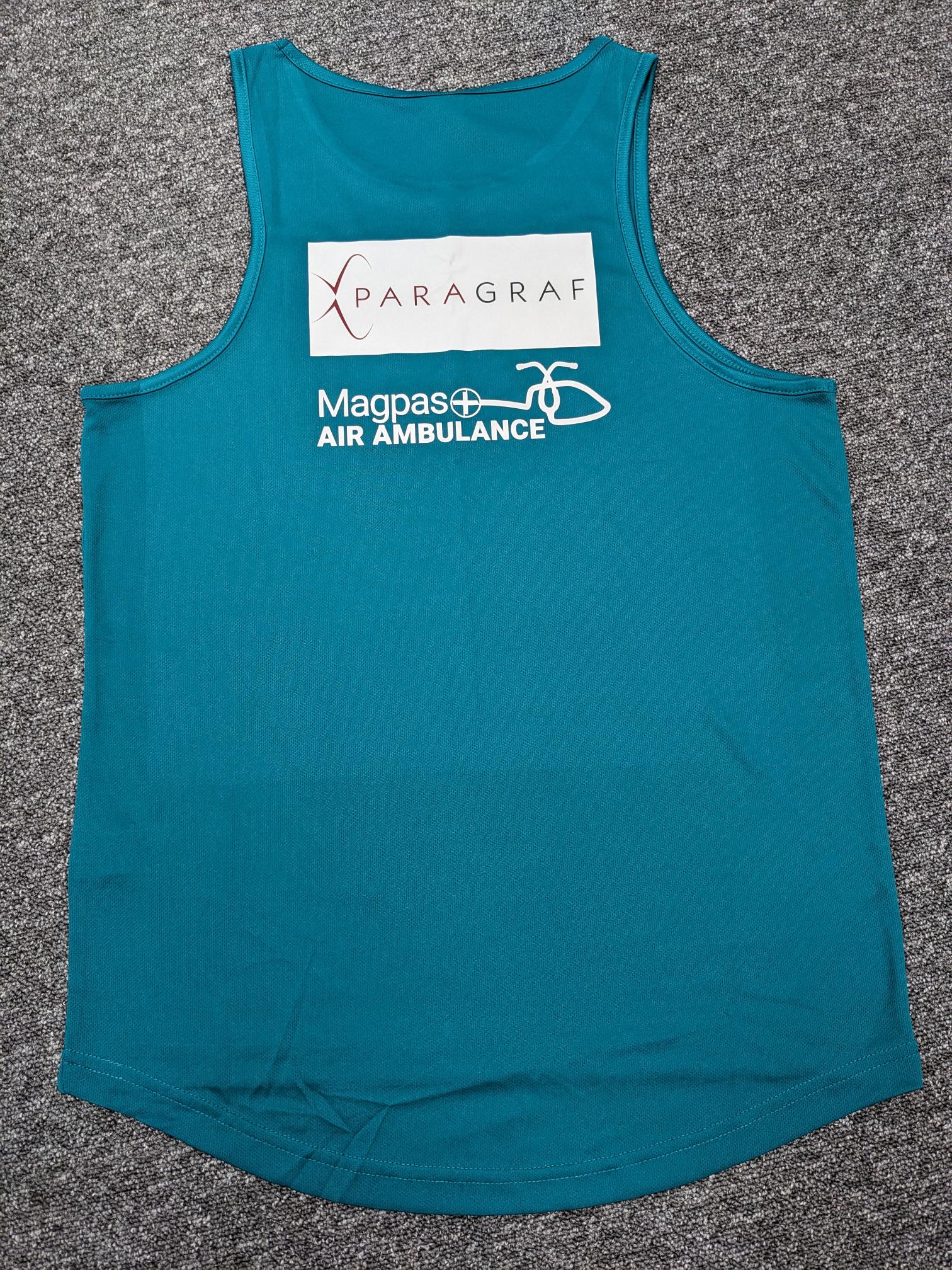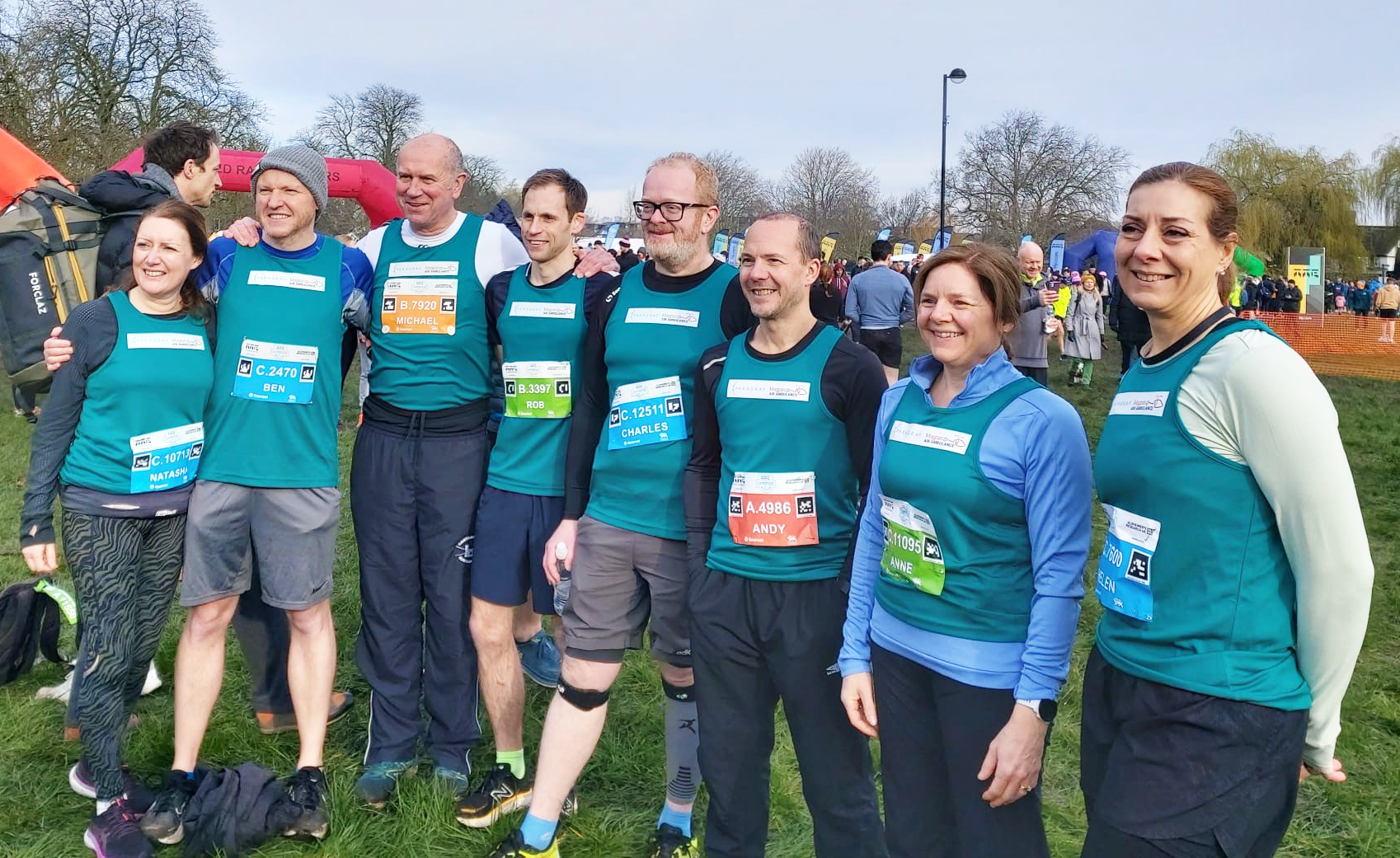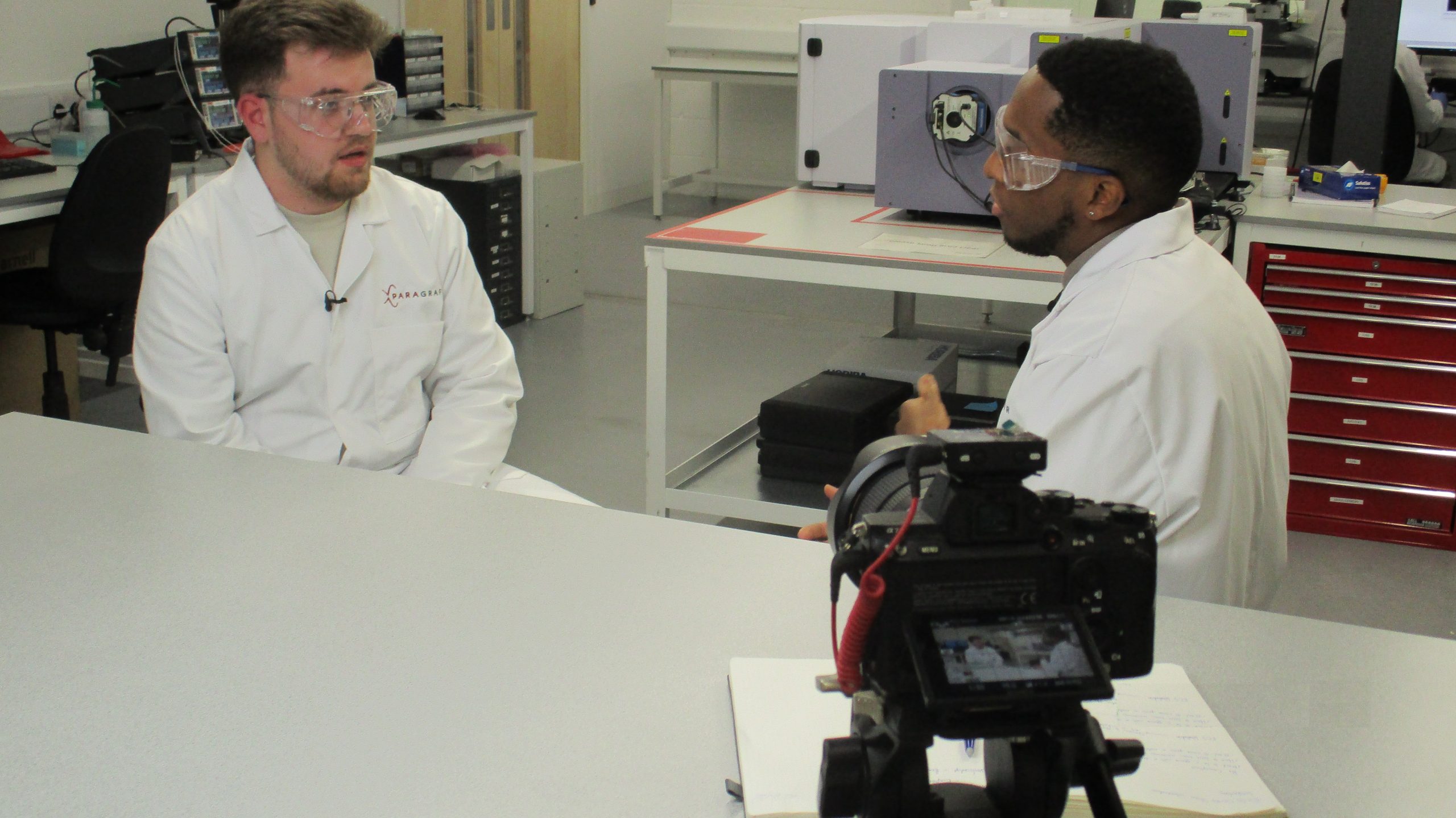San Diego, CA — The ongoing exhibition ‘Of Genes and Human Beings’ at the national German DHMD museum in Dresden, highlights multiple technological advances in the genetic field over the last century and especially the last 20 years. Cardea Bio’s BPU variant, the CRISPR-chip – which made the cover of Nature Biomedical Engineering in June 2019 when it was first published – has been selected to be featured prominently in the exhibition.
“It’s not very common for scientists or academics to have their technology featured in a museum, so to see my technology being showcased next to Watson and Crick’s DNA model is a proud moment in my career and I’m very happy to be a part of this exhibition” reacts Dr. Kiana Aran, Chief Scientific Officer of Cardea Bio, to being selected for the exhibition.
Curator & project manager at the Deutsches Hygiene-Museum in Dresden [DHMD], Dr. Viktoria Krason, states, “The overall motivation for this exhibition was to provide an updated picture of genetics in society right now. Because of new developments in technologies within genome editing and sequencing, it’s our impression that genetics is now manifesting itself in social debates and media. Specifically, for the ‘health’ section of the exhibition, we were very interested in the development that CRISPR-cas9 can not only be used for gene editing, but also as a search engine to look for specific sequences in genes.”
Dr. Aran continues, “The way that we detect genetic diseases today, is a long process that requires a lot of specialized medical and lab equipment, so it takes days. The CRISPR-chip is an example of a new technology that overcomes those limitations, because the CRISPR-chip can do genotyping in a matter of minutes! And because it’s based on semiconductor principles it’s very scalable, cheap, and can be used anywhere in the world. This is how we can democratize global access to powerful inventions like genotyping or genetic disease testing.”
About the ‘Of Genes and Human Beings’ exhibition
The exhibition ‘Of Genes and Human Beings’ takes a serious and consistent look at the insights gained in science laboratories from the perspective of the social and cultural sciences: with exhibits from everyday life and science, culture and history, the approaches of contemporary art – and with interactive stations that invite us to find out for ourselves who we are and who we might become.
The exhibition ‘Of Genes and Human Beings’ runs through Sep 10, 2023, at the Deutsches Hygiene-Museum in Dresden, Germany. Read more here.
The Internet of Biology
In biological science, the 20th century focused on simple tests such as ELISA or lateral flow assays. After the human genome was sequenced and genomics had a major breakthrough in the first 20 years of the 21st century, we’re now facing the next wave of innovation in and around biology: The opportunity to understand and communicate with the immense information available to us in biology. The embrace of complex, real-time data, available via convenient and compact electronic devices, and converted into human understandable information via cloud computing can be conceived of as “the Internet of biology”.
The principles behind the internet of biology is paving the way to facilitate global access to powerful technologies – like the CRISPR-chip – to the benefit of everyone, everywhere on our planet.
The way that we detect genetic diseases today, is a long process that requires a lot of instrumentation and it takes days. The CRISPR-chip is an example of a new technology that overcomes those limitations, because the CRISPR-chip is able to do genotyping in a matter of minutes! And because it’s based on electronic technologies it’s very scalable, cheap, and can be used anywhere in the world. This can democratize global access to powerful inventions like genotyping or genetic disease testing.
This post was originally published at https://www.cardeabio.com/news/crispr-chip-dhmd. Cardea Bio was acquired by Paragraf on 2 May 2023.







